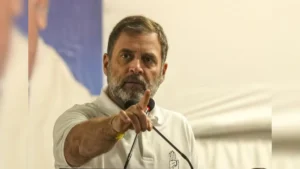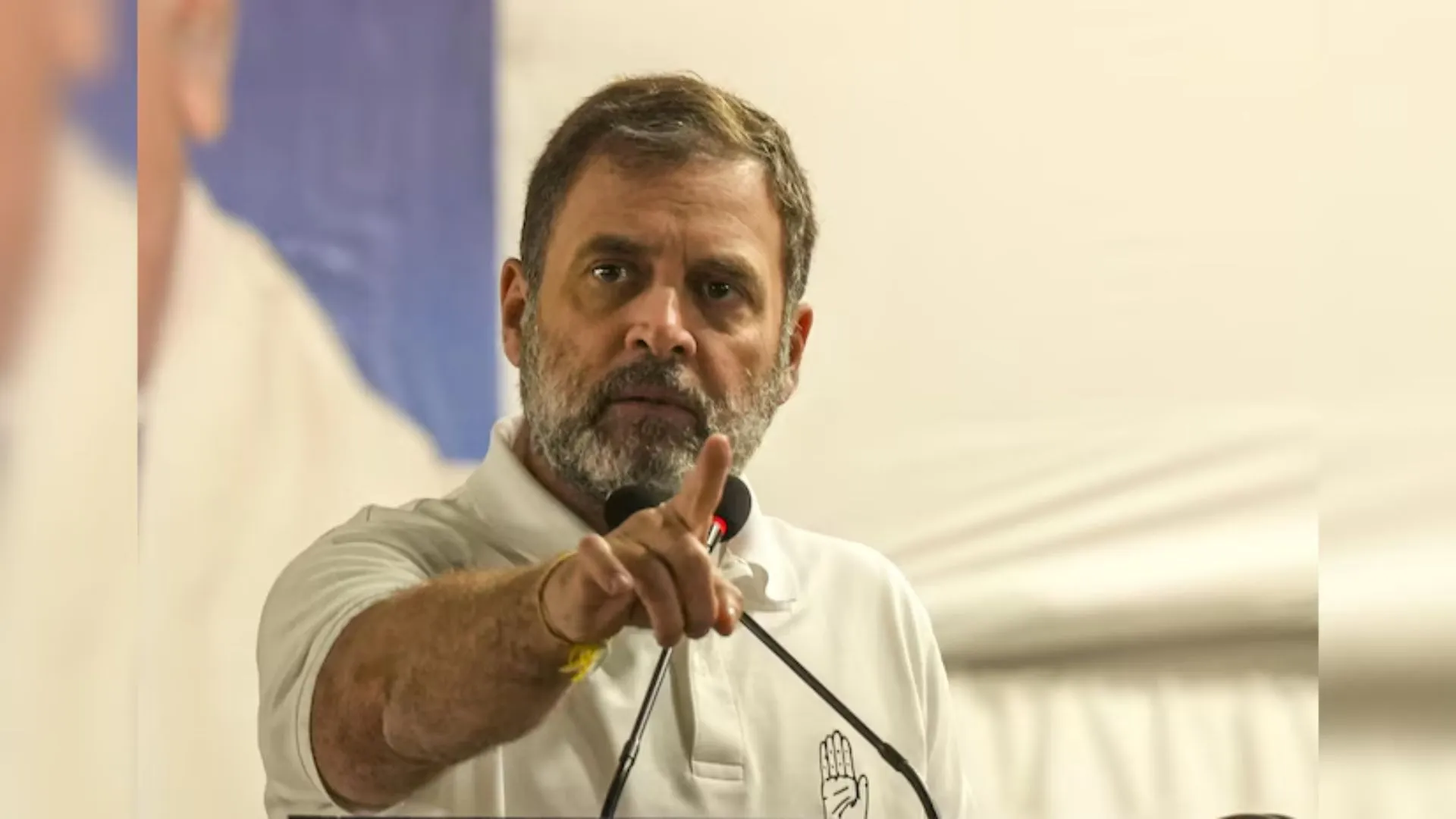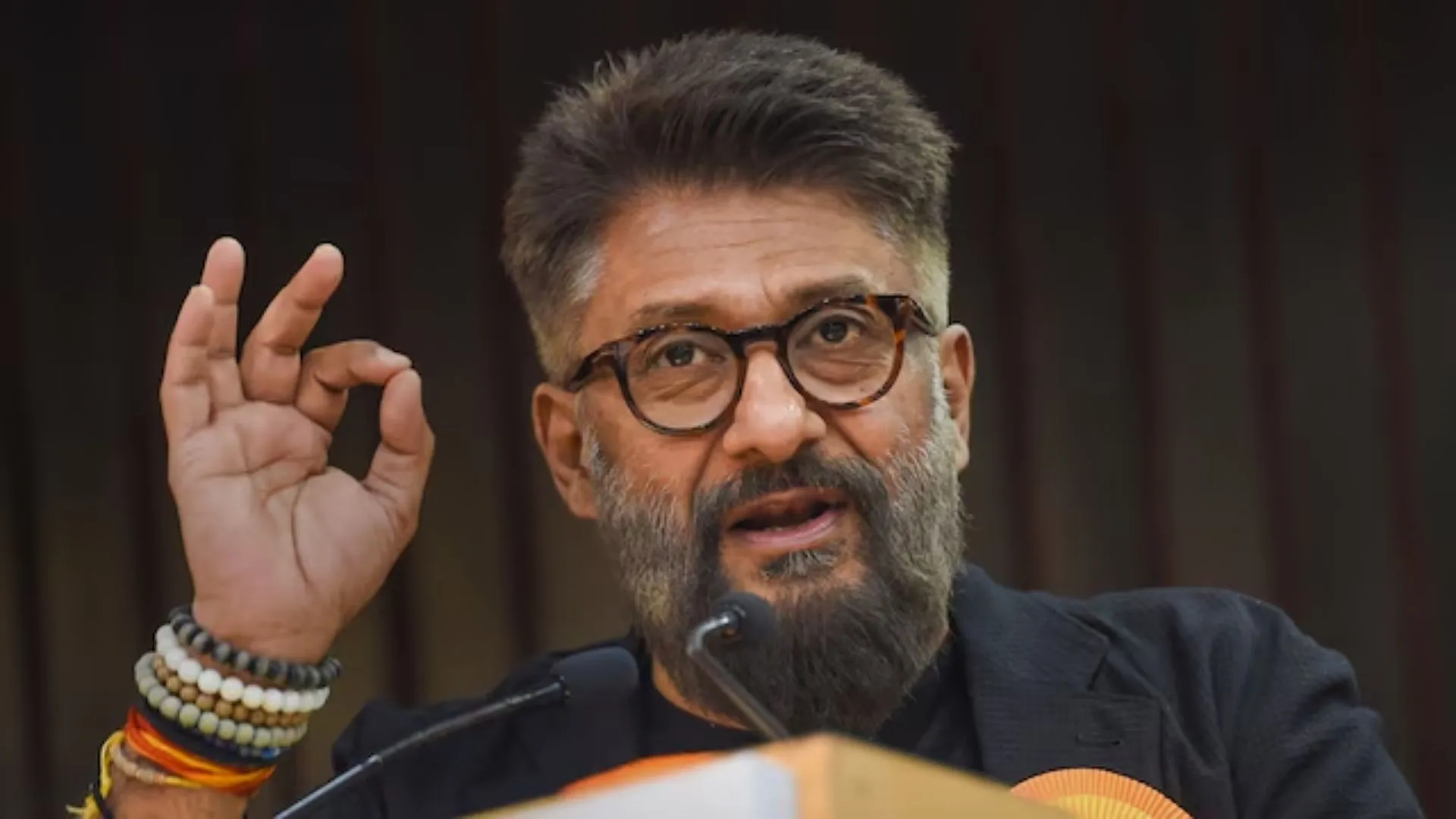On February 28, 1948, R.K. Shanmukham Chetty, independent India’s first Finance Minister, presented the country’s first full budget to Parliament.
His speech captured the essence of a nation at a turning point, “From August 15, 1947, the chains of our bondage have been broken, and we are free to translate our dreams into reality. The plans are there, but we find that our freedom was born in an era so fluid and fast-changing that any predetermined step other than the next became obsolete before it could be taken. We feel like the pilgrim who drags his weary limbs finally to the mountaintop, only to find higher peaks stretching before his eyes.”
This budget came in the aftermath of the partition, the assassination of Mahatma Gandhi, and the economic upheaval caused by World War II. It was cautious in approach but carried a vision of hope for the newly independent nation.
Financial Overview
The budget estimated revenue at Rs. 230.52 crore, with expenditure projected at Rs. 257.37 crore, resulting in a deficit of Rs. 26.85 crore for the financial year 1948-49. Chetty aimed to reduce this deficit to one crore rupees through careful fiscal management.
Key allocations included:
- Defence expenditure: Rs. 121 crore
- Development schemes: Rs. 165 crore
- Grants to Provinces: Rs. 30 crore
- Loans to Provinces: Rs. 34 crore
- Food subsidies: Rs. 20 crore
Chetty assured Parliament of India’s strong financial position, stating, “Our financial position… is good, and if Pakistan proved a reliable debtor, it might even be better.”
First Budges Addressed Post-Independence Economic Conditions
India, newly freed from colonial rule, was navigating economic instability while finalizing financial arrangements with Pakistan. The interim budget had been announced in November 1947, following the devastation of the Punjab tragedy during Partition. As Chetty described it, “Thousands of our people had been brutally butchered, and millions of innocent men, women, and children driven out of their ancestral homes and forced to make a dusty, deadly trek in search of a new home. Our crying concern then was to dress the wounds of uprooted humanity and to mobilize all our financial resources to set aright an unhinged economy.”
India was also dealing with post-war economic disruptions. Chetty noted that the world was still grappling with economic imbalances caused by World War II, “The third year after war finds the world still in the meshes of those economic maladjustments which are the inevitable aftermath of total war—the nemesis that inexorably pursues the victor and the vanquished alike.”
In Asia, many nations were experiencing economic dislocation due to internal struggles or fights for independence. Inflation, declining production, and food shortages were common global concerns. In India, food imports had risen sharply, with Rs. 89 crore spent on food grains in 1946-47, rising to an estimated Rs. 110 crore in 1947-48.
Taxation and Business Concessions in India’s First Budget
Following Partition, India and Pakistan reached a financial settlement. Pakistan was to begin repayments in 1952. Chetty outlined India’s commitments, “In addition to the Rs. 75 crore given to her out of the cash balance of the undivided Government, it has also been agreed that India would make available to Pakistan a further sum of Rs. 6 crore for meeting the expenditure on the setting up of ordnance factories and similar special institutions required by her.”
Recognizing inflationary trends, the Finance Minister emphasized a budget surplus as a prudent financial policy. The budget introduced taxation reforms and business incentives to encourage industrial growth:
- Business Profits Tax (BPT) reduced from 16 ⅔% to 10%
- Super Tax threshold raised to Rs. 3.5 lakh
- Tax on undistributed profits cut by one anna
- Income tax on companies with earnings up to Rs. 25,000 halved
- Exemption from income tax for contributions to approved charities
Chetty emphasized a shift toward direct taxation, aiming to balance industrial expansion with economic equity, “I have increased the incidence of direct taxation and proportionately brought down indirect taxes… to stimulate industrial expansion and leave the industry some margin of saving, while letting the poor man escape with the minimum burden.”
Export and Import Duties in India’s First Budget
The budget introduced new export duties on several commodities:
- Oil seeds: Rs. 80 per ton
- Vegetable oil: Rs. 200 per ton
- Manganese: Rs. 20 per ton
- Tea and coffee excise duty increased to four annas per pound
- Import duty on cars raised from 45% to 50%, with a 7.5% preference for the UK
- Cotton cloth export duty set at 25% ad valorem, but handloom cloth and cotton yarn exempted
- Excise duty on betel nuts abolished, a move well-received in Parliament
- Surcharge on trunk telephone calls raised from 40% to 60%
- Postal registration fees increased from three to four annas
Capital Expenditure and Development Projects
The budget allocated Rs. 70 crore for capital expenditure in the current year, rising to Rs. 165.5 crore the following year. Major development initiatives included:
- Forest Research Institute expansion (Dehradun)
- Indian Agricultural Research Institute development
- Andaman Islands forest development
- Preliminary work on river projects: Kosi, Sone Valley, Gandak, and Assam Valley
- Reorganization of Central Waterways Navigation and Irrigation Research Stations
- Establishment of a Tractor Testing Station and a Central Agricultural College
- Loan of Rs. 2 crore to the Damodar Valley Corporation
- Investment of Rs. 1 crore in the Industrial Finance Corporation
- Rs. 6.25 crore for national highways construction and improvement
India’s first full budget set the foundation for a new economic direction, balancing defense, development, and fiscal responsibility. While challenges persisted—ranging from Partition-induced displacement to global economic instability—the budget sought to lay the groundwork for industrial expansion, infrastructural development, and financial stability in a rapidly evolving nation.
Also Read: Here Are The 10 key Takeaways From The Economic Survey 2024-25























